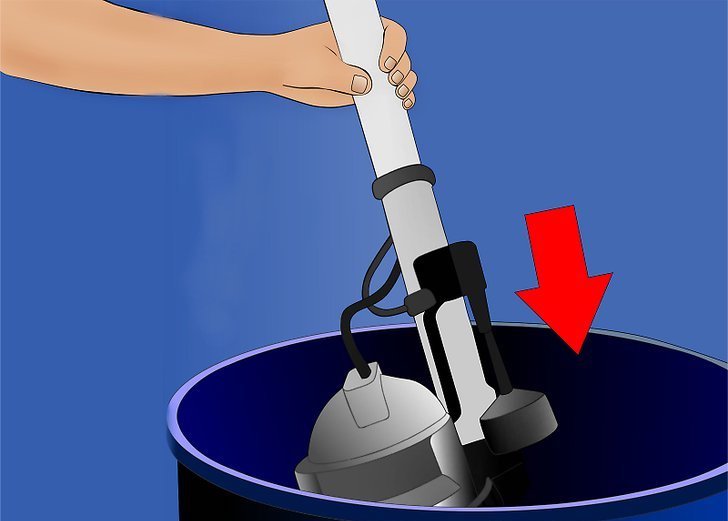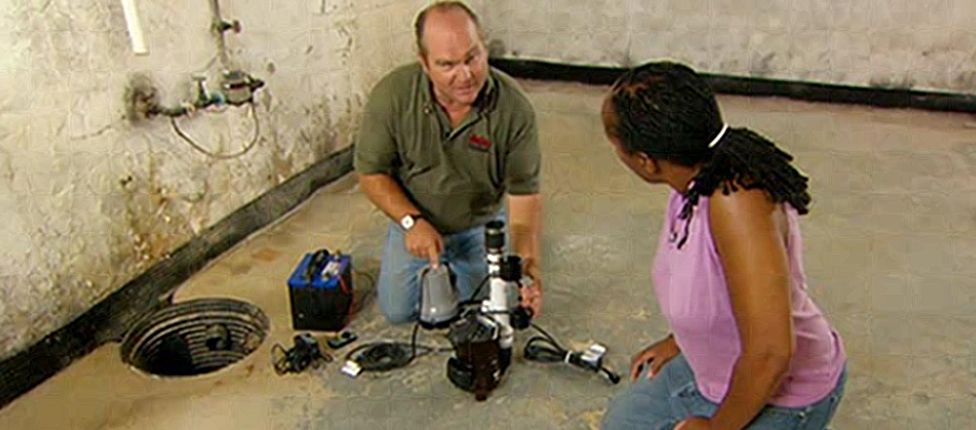Just about everyone will have their own unique idea in relation to Cleaning & Maintenance Tips for Your Home's Sump Pump.

Sump pumps are critical parts in many homes, especially in locations vulnerable to flooding or extreme wetness. They help protect against water damage by successfully removing excess water from basements or crawl spaces. Nonetheless, like any other home appliance, sump pumps call for routine upkeep to guarantee they operate efficiently when required the most. Cleansing your sump pump is an important part of its upkeep, and understanding exactly how to do it correctly can conserve you from pricey repair services and possible disasters.
Intro
Maintaining a clean sump pump is vital for its correct performance and long life. Neglecting this important job can lead to blockages, malfunctions, and ultimately, water damage to your residential or commercial property. Consequently, finding out exactly how to clean a sump pump is vital for home owners who count on these gadgets to maintain their cellars completely dry and secured.
Indications of a Dirty Sump Pump
Understanding when your sump pump requires cleansing is critical for preventing potential breakdowns. Some usual signs that indicate a dirty sump pump include strange sounds during operation, decreased water flow, and noticeable debris in the pit. If you notice any of these signs and symptoms, it's necessary to clean your sump pump immediately to avoid any further issues.
Getting ready for Cleansing
Prior to you start cleansing your sump pump, it's important to take some safety and security preventative measures. Begin by shutting off the power to the pump to avoid any electric accidents. Additionally, put on ideal safety equipment, such as handwear covers and safety glasses, to secure yourself from dirt, particles, and potential virus.
Understanding the Sump Pump
Prior to diving into the cleansing procedure, it's vital to have a basic understanding of just how a sump pump functions. Generally set up in a pit or basin below the basement floor, a sump pump contains several key parts, including a pump, a float button, and a discharge pipe. When water gathers in the pit, the float button turns on the pump, which after that pumps the water out with the discharge pipeline, away from the building's structure.
Detailed Guide to Cleansing a Sump Pump
Turning off the Power
Begin by detaching the power supply to the sump pump to prevent any kind of mishaps while cleaning.
Checking for Proper Performance
Prior to re-installing the pump, carry out a fast test to make sure that the float button turns on the pump properly. Put some water right into the sump pit and observe the pump's procedure. If every little thing is working properly, you can reconstruct the pump and reconnect the power supply.
Removing Particles and Dust
Utilize a bucket or an inside story to remove any type of noticeable debris, dirt, or sediment from the sump pit. Dispose of the particles properly to avoid it from obstructing the pump or the discharge pipeline.
Cleaning the Pump and Float Change
When the pit is free from particles, carefully eliminate the pump from the pit. Inspect the pump and the float switch for any type of indications of damages or wear. Make use of a soft brush or towel to cleanse the surface areas and eliminate any type of gathered crud.
Purging the System
After cleaning the pump and float button, purge the sump pit with tidy water to get rid of any kind of staying dust or debris. This will assist ensure that the pump operates smoothly and effectively.
Maintenance Tips to Keep Your Sump Pump Clean
In addition to periodic cleansing, there are numerous maintenance ideas you can comply with to maintain your sump pump in optimum problem:
Final thought
Cleaning your sump pump is a vital element of its maintenance and makes certain that it runs successfully when you need it one of the most. By adhering to the steps outlined in this overview and integrating routine maintenance right into your routine, you can extend the life-span of your sump pump and secure your home from water damage.
How to Clean a Sump Pump
Steps to Clean a Sump Pump
After checking to make sure your sump pump is off, disconnect the pump from the discharge pipe. Wrap your pump in plastic to prevent drips and carry it outside. Using your garden hose, rinse off any dirt or sludge from the surface of the pump. A plastic scraper or putty knife may be necessary to clean out the sump pump and remove caked-on debris. Leave it in a safe place to dry. Drain any standing water from your sump pit using a shop vac. If you have a check valve that can be disassembled, carefully disassemble it and allow any water to drain out of your check valve first, then remove it. Rinse the valve thoroughly with water, then dry and reassemble it. Once thoroughly dry, reattach your pump to the discharge pipe. Plug your unit back in. You’re all done! https://www.mrrooter.com/about/blog/2019/april/how-to-clean-a-sump-pump/

Do you enjoy reading up on Cleaning & Maintenance Tips for Your Home's Sump Pump? Leave a short review below. We will be delighted to see your responses about this review. Hoping that you come back again soon. If you enjoyed our blog entry kindly do not forget to share it. We recognize the value of your readership.
Click Here